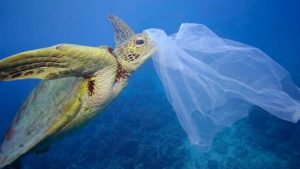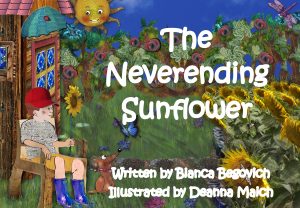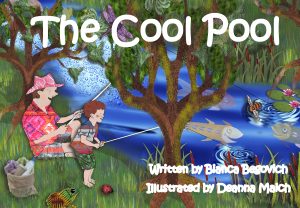One Millenial’s Ideas on The Environmental Crisis
Scrolling my Facebook timeline for the second time before I left my bed this morning, I hum-haaa’d about getting up, showering and beginning my day. But I thought, what the hell. One more article. But not the Kardashians this time. So I clicked on a Spinoff article titled ‘Is this the end of the road for the humble plastic bag?’ Plastic bag use in NZ has been a controversial issue over the past few years, particularly when considering the statistics (an estimated 1.3-1.6 billion single-use plastic bags used in New Zealand every year) and the ease with which every person, including myself, could impact those statistics with very little personal inconvenience.
 The article addresses the issue of plastic bags being blown into towns, farms and streets. Everyone has seen a rouge plastic bag floating down the beach, whether or not they have done anything about it. What I hadn’t previously considered was that these unwelcome beach guests were not the result of people littering, but of well-meaning citizens who had sent their rubbish to the landfill. The rate of plastic bags being blown from landfills and into our environment is estimated to be around 100 per day. These bags can end up anywhere, with the most devastating effect on ecosystems and individual animal lives. The article mentions the case of a turtle in Mangonui, Northland, who was found with “enough plastic inside her to fill a one-litre container… everything from plastic bags and packaging to twine, netting, Velcro, a piece of a balloon, and a water bottle top.” It seems that sometimes marine animals will mistake plastic bags for jellyfish, and other colourful pieces of plastic for food, and ingest them. This has had disastrous and heartbreaking effects.
The article addresses the issue of plastic bags being blown into towns, farms and streets. Everyone has seen a rouge plastic bag floating down the beach, whether or not they have done anything about it. What I hadn’t previously considered was that these unwelcome beach guests were not the result of people littering, but of well-meaning citizens who had sent their rubbish to the landfill. The rate of plastic bags being blown from landfills and into our environment is estimated to be around 100 per day. These bags can end up anywhere, with the most devastating effect on ecosystems and individual animal lives. The article mentions the case of a turtle in Mangonui, Northland, who was found with “enough plastic inside her to fill a one-litre container… everything from plastic bags and packaging to twine, netting, Velcro, a piece of a balloon, and a water bottle top.” It seems that sometimes marine animals will mistake plastic bags for jellyfish, and other colourful pieces of plastic for food, and ingest them. This has had disastrous and heartbreaking effects.
At the end of 2018, as we know, Foodstuffs and Progressive (AKA New World and Countdown) will stop entirely the use of plastic bags at their supermarkets. This gives us a transitional period in which to adjust to using cloth bags, hopefully keeping them in the boot so as to reuse them. Until said transition is complete, however, the article and its author beg that we, at the very least, if not reusing and recycling our plastics, will tie a knot in plastic bags before throwing them out, so as to stop them blowing away so easily, and therefore, hopefully slow the disastrous impending consequences of the plastic bag catastrophe. Other helpful changes we can make include using reusable shopping bags and taking part in Plastic Free July.
This is a valuable lesson which should be imparted to children, as well as shared with other adult consumers. Children’s habits learned today will become the practices of a society tomorrow, after all. For child-friendly reading concerning the environment, consider Bianca Begovich’s early reader books as a companion to healthy conservation habits: The Cool Pool, The Honey Hub and The Never-Ending Sunflower focus on issues of overfishing, the impact insects have on a healthy world and ways to grow and enjoy plant life, respectively. The Sea and Me, The Bugs and Me, and The Trees and Me are aimed at a slightly older children’s audience (5-10) and are reasonably self-explanatory. It is never too soon to instill in your children, or students, the importance of conservation and world-wide participation in the caretaking of our planet.
Emily Ray
(Link to article https://thespinoff.co.nz/business/05-02-2018/is-this-the-end-of-the-road-for-the-humble-plastic-bag/ )







